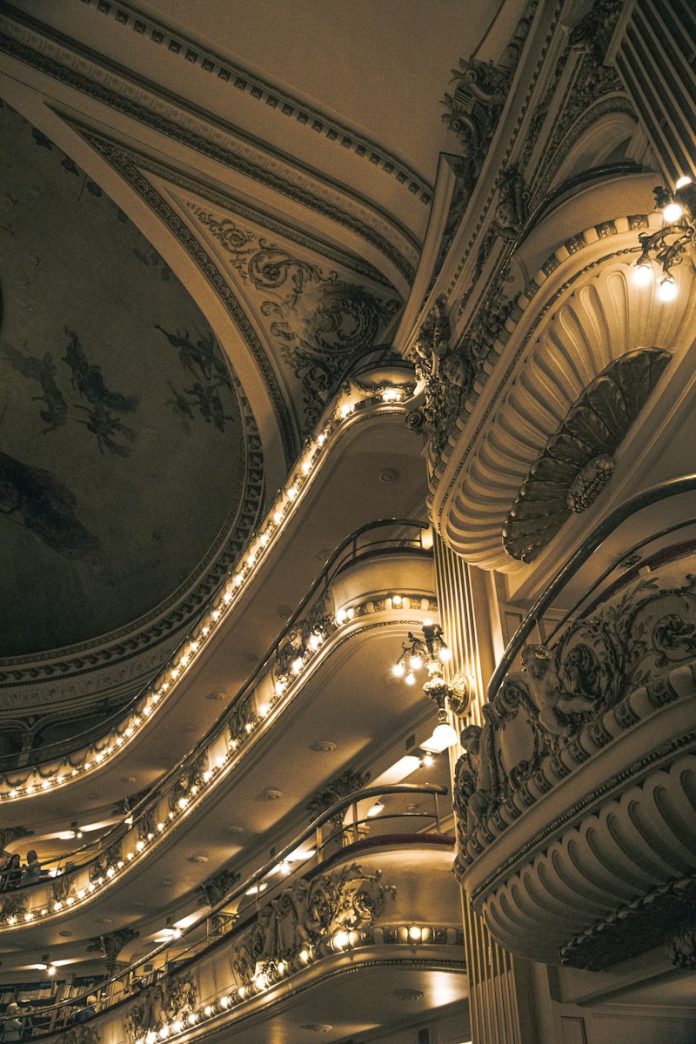The world of theatre is filled with a rich history of iconic performances, each representing a unique artistic expression of its time. But what happens when these classic works are brought back to the stage, years or even decades after their original productions? Theatre revivals provide an opportunity to breathe new life into timeless stories, allowing them to resonate with modern audiences while preserving the essence of what made them great in the first place. A revival isn’t simply a re-staging of a play; it is a reimagining, a reinterpretation, or a fresh exploration of a piece through contemporary eyes. Critically acclaimed theatre revivals often strike a delicate balance between honoring the past and infusing it with new relevance.
In this essay, we will explore the significance of critically acclaimed theatre revivals, highlighting the transformative power they have in re-engaging audiences with familiar stories and exploring why certain revivals become landmark productions in their own right. We will look at the process of reviving a play, some of the most celebrated revivals in theatre history, and examine how modern productions give classic plays new dimensions and cultural context.
The Power of Theatre Revivals
Theatre, more than any other art form, is inherently tied to the time and place in which it is performed. As much as literature, painting, or sculpture can be preserved, live performances exist in a specific moment, often reflecting the social, political, and cultural environment in which they are created. For many plays, revivals offer a chance to reintroduce those original ideas and concerns in a new light. What once felt revolutionary or controversial may have a different impact on today’s audiences, allowing a fresh dialogue to emerge between the past and present.
A revival doesn’t just mean bringing a script back to life—it often involves re-contextualizing the material for the contemporary world. This could mean adapting it to reflect modern-day issues, experimenting with new directorial visions, or casting unconventional actors who bring a unique interpretation to the roles. The outcome can be transformative, as a revived play can resonate with new audiences, creating an evolving conversation about the relevance of classic works.
Reinterpreting Classic Theatre: A Living Tradition
One of the most powerful aspects of theatre is that it is never static. Unlike a novel or painting that exists in its original form, a play can evolve through its productions. Each performance is a unique event, and reviving a classic piece often involves exploring new interpretations that resonate with the audience of the present moment. Directors, actors, and designers are tasked with weaving in fresh perspectives, exploring how the play speaks to the issues of today’s world, while still respecting the intentions of the original work.
Take, for example, the iconic play A Streetcar Named Desire by Tennessee Williams. The original 1947 production of this play was a bold statement about mental illness, sexual desire, and class conflict. However, subsequent revivals have reinterpreted the characters of Blanche DuBois and Stanley Kowalski through different lenses. In recent years, some productions have emphasized the themes of trauma and displacement, highlighting issues such as domestic violence and the fragility of the human psyche. While the fundamental essence of the play remains intact, each new production brings fresh insights into how these characters navigate a world that continues to be grappling with similar struggles.
Reviving these classics, then, becomes a means of re-examining the past through the present. Directors are not just repeating lines and blocking scenes; they are engaging in a conversation with the text and the culture it represents. This process of reinterpretation allows audiences to see these works anew, even though they are often familiar with the story.
Landmark Theatre Revivals: Productions that Redefined the Art Form
While many revivals are designed to reintroduce beloved works, some productions go above and beyond, becoming critical landmarks in the theatre world. These revivals elevate the material, transforming both the play and the audience’s experience of it. Several theatre revivals have become celebrated in their own right for their innovation, artistry, and boldness in pushing the boundaries of what a revival can be.
One of the most significant examples of a landmark revival is Angels in America, the epic play by Tony Kushner. Originally performed in 1991, Angels in America captured the fear and uncertainty surrounding the AIDS crisis in America during the late 20th century. Its revival in 2017, directed by Marianne Elliott at the National Theatre in London and later on Broadway, was met with critical acclaim. Elliott’s production resonated deeply with modern audiences, who saw reflections of their own societal struggles with issues of politics, identity, and illness. The revival was praised not just for its relevance but for its electrifying direction and powerful performances. The work of the cast, led by Andrew Garfield and Nathan Lane, brought an entirely new dimension to the play, ensuring its place as one of the most relevant works of the century, whether new or revived.
Another landmark revival that garnered critical acclaim was Company by Stephen Sondheim. Originally staged in 1970, the musical explores themes of marriage and relationships, often critiquing the institution of marriage from various angles. In 2021, a gender-swapped revival of Company directed by Marianne Elliott became a sensation. Casting Patti LuPone as the role of Joanne, which had originally been written for a male character, brought new depth to the piece and highlighted the evolving attitudes toward relationships and gender roles. The new production brought a contemporary spin on the familiar music, incorporating modern sensibilities and drawing attention to the themes of loneliness, commitment, and personal fulfillment in a modern context. The revival was lauded for its bold reimagining of a classic and became one of the most talked-about productions of the decade.
The Process of Reviving a Play: The Role of Directors, Actors, and Designers
Bringing a classic play back to life requires a tremendous amount of collaboration and vision. A revival involves more than simply reading from a script; it is about interpretation, contextualization, and creating a living, breathing production that feels vibrant and engaging. Directors are key players in the revival process, and their vision shapes the way a play is presented to the audience. In many cases, they will take liberties with elements of the production to reflect the contemporary world, using lighting, set design, and staging techniques to give the play a fresh perspective.
For instance, the director may choose to cast actors who bring new life to roles that have traditionally been performed by others. In some revivals, gender-blind or racially diverse casting can dramatically shift the perspective of the material, allowing new interpretations to emerge. The creative team behind a revival is tasked with taking a piece of history and transforming it into something that speaks to today’s society, while still honoring the original themes and messages.
The involvement of actors is equally important, as their ability to bring authenticity and freshness to their roles can redefine a character’s meaning. With a fresh cast, a revival can offer nuanced interpretations that uncover new emotional layers or reveal previously underexplored facets of a character’s personality.
Designers also play a critical role in reviving a production, as the visual world they create can dramatically shift the tone of the piece. Set designs, costumes, and lighting all contribute to the atmosphere of a revival, allowing the audience to experience the play in an entirely new way. These elements help to communicate the themes of the play, whether it’s through period-specific designs or more avant-garde aesthetics that draw attention to the timelessness of the piece.
The Cultural Significance of Reviving Theatre
The significance of theatre revivals extends beyond just artistic achievement. By reintroducing classic works to modern audiences, revivals create a cultural dialogue about the themes and issues that persist throughout time. Whether it’s a play like The Glass Menagerie by Tennessee Williams or The Vagina Monologues by Eve Ensler, revivals allow society to reflect on issues such as identity, class, race, gender, and the human condition. These works may have been written decades ago, but their relevance is ever-present.
By reviving plays that address issues such as civil rights, gender equality, or mental health, theatre companies open the door for a new generation of viewers to engage with these critical conversations. In this way, revivals provide an ongoing cultural relevance, showing that the concerns and triumphs of past generations still echo through today’s world.


